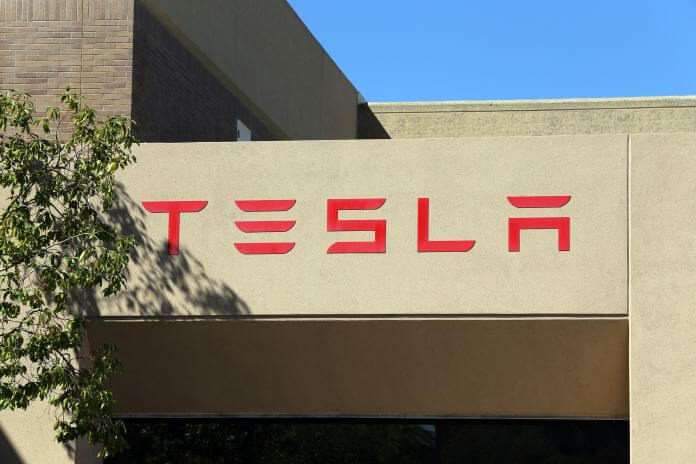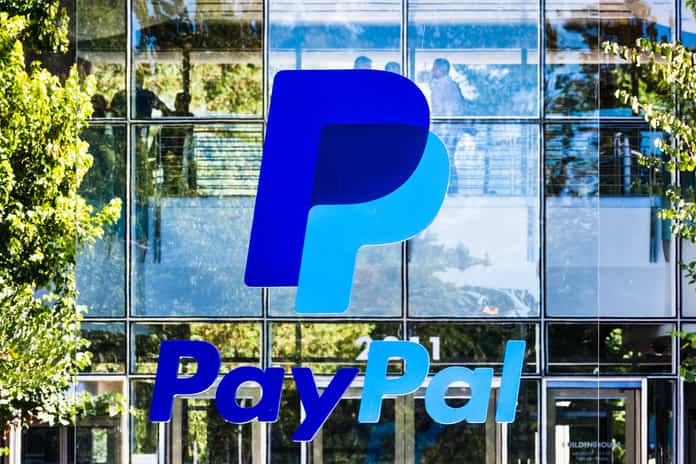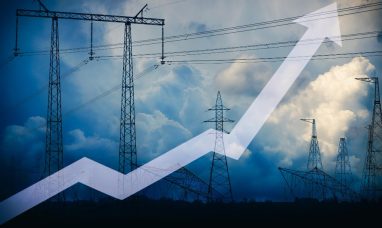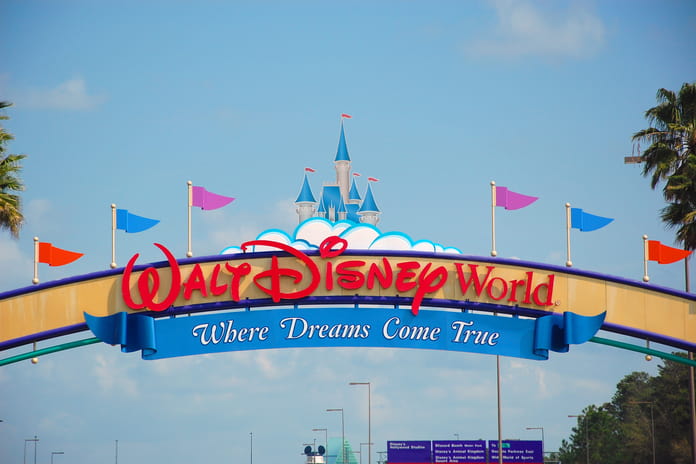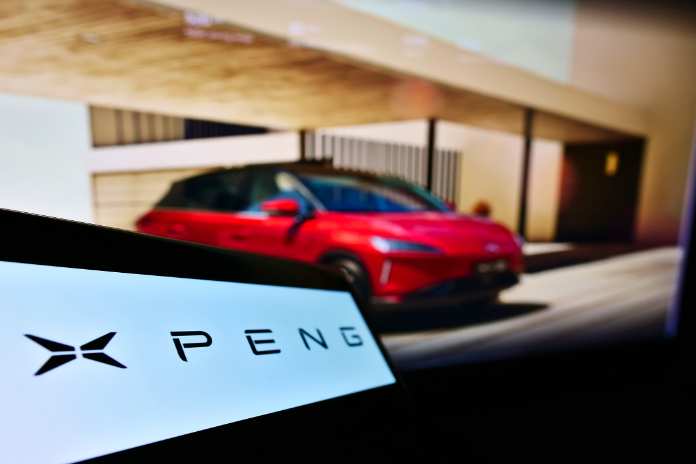BYD stock (BYDDF) and Tesla stock (NASDAQ:TSLA) are two rapidly expanding EV titans. While startups like Rivian Automotive (RIVN), Lucid (LCID), Nio (NIO), Xpeng (XPEV), and Li Auto (LI) as well as established automakers like General Motors (GM) and Ford Motor (F) moving into EVs receive a lot of attention, Tesla and BYD are leading the way.
On Oct. 2, Tesla (NASDAQ:TSLA) announced record deliveries for the third quarter, but they fell well short of expectations because to growing concerns about China’s demand. Although Tesla’s Q3 earnings are coming Wednesday night, investors will be concentrating on future expansion.
Despite mounting worries about the general market for EVs in China, BYD reported record-breaking September sales that surpassed 200,000 for the first time. Several new EVs, including a Tesla Model 3 challenger, have been introduced by the EV and battery giant. BYD reached Thailand, Laos, and India last week, and this month deliveries will start in a number of European nations. BYD’s expansion may be unmatched in the car sector in terms of both quantity and speed.
BYD released enormous preliminary third-quarter financial results. In a few weeks, we’ll most likely get the official findings.
Over the past four weeks, Tesla stock (NASDAQ:TSLA) has plummeted to a 15-month low. The BYD stock is close to seven-month lows. On October 17, both increased along with the market, and BYD also increased due to earnings news.
Let’s compare Tesla stock and BYD stock, as well as the stocks of each company.
BYD vs. Tesla Stock: EV Markets
With significant sales in North America, Europe, and China, Tesla is a worldwide EV juggernaut. Korea and a few other Asian nations are important markets for it. It has four facilities, including ones in Austin, Texas, the Berlin region, Shanghai, and Fremont, California. Tesla already ships products, primarily from Shanghai, to Europe.
Sales of Tesla vs. BYD
Tesla (NASDAQ:TSLA) announced Q3 deliveries of 343,830—up 42% from a year ago and higher than the record-breaking 310,048 in Q1. However, that fell far short of experts’ predictions of over 360,000. In the most recent quarter, Tesla manufactured 365,923 cars, more than 22,000 more than it delivered.
Tesla highlighted transportation issues and vehicles in use. However, that seemed to indicate a last-minute switch to exporting cars built in Shanghai before China demand declined.
Along with 18,672 Model S and Model X premium EVs, Tesla delivered 325,158 Model 3 and Model Y vehicles in Q3.
After selling 174,915 new energy cars in August and 162,530 in July, BYD sold a record-breaking 201,259 in September. This increased 183% over the previous year. BYD sold 106,032 plug-in hybrids and 94,941 pure electric cars (BEVs) out of the 200,793 personal automobiles.
BYD sold 538,704 NEVs in Q3, up from 355,021 in Q2 and 194% more than a year prior.
In comparison to Q2, the Chinese giant’s overall car advantage against Tesla nearly quadrupled in Q3. Although BYD shipped 258,610 pure electric vehicles in Q3, it quickly closed the gap with the U.S. EV manufacturer, who still leads in BEV deliveries.
YD signed an agreement to supply more than 100,000 EVs to SIXT, a major German automobile rental company, over a six-year period on October 4. Then arrangements with Hertz for Tesla and GM electric vehicles (HTZ). The Atto 3 will be made accessible to clients in the fourth quarter, according to SIXT, which claims it would first buy several thousand BYD EVs.
BYD vs. Tesla Expansion
In March and April, respectively, Tesla (NASDAQ:TSLA) established its facilities close to Austin, Texas and Berlin, Germany. For such sites, Model Y manufacturing is still sluggish but slowly increasing.
Although output in July and the beginning of August was hampered, recently completed renovations to the Tesla Shanghai site greatly increased manufacturing capacity.
though Tesla China’s demand is finding it difficult to keep up with rising production. In September, wait times at Tesla China were almost nonexistent. Mid-September saw the launch of a new insurance subsidy from Tesla, which was recently extended through the end of the year. Tesla has started offering 0% down payments and special lending rates as of October 1. These incentives essentially lower prices. Tesla is said to be announcing explicit price reductions in China, although this hasn’t happened yet.
According to the China Passenger Car Association, Tesla Shanghai delivered 83,135 cars in September. Tesla sold 77,613 of those domestically and just 5,522 were exported. After the Q3 worldwide delivery shortfall, some could have predicted a worse local sales mix.
Tesla (NASDAQ:TSLA) manufacturing could increase significantly in Q4 compared to Q3, notably in Shanghai, thus worldwide demand must also pick up speed.
To allay worries about domestic demand, Tesla (NASDAQ:TSLA) will export even more of its Shanghai output. However, backlogs in Europe have also started to decrease. Tesla started selling a new, significantly less expensive basic Model Y in Europe in August.
BYD is also significantly increasing its EV and battery capacity.
The auto industry behemoth has stated that it expects to sell at least 1.5 million NEVs in 2022 and maybe as much as 2 million. Deliveries should definitely surpass 1.8 million, with 1.9 million or more deliveries being a strong possibility.
By year’s end, BYD plans to deliver 280,000 vehicles every month, according to Chairman Wang Chuanfu on September 2. He specified a four million delivery target by 2023. He added that BYD has a 700,000-vehicle backlog.
Tesla (NASDAQ:TSLA) has far higher selling prices than BYD since it caters to the premium and budget luxury sectors.
Most BYD EVs and hybrids are priced between $15,000 and $34,000, while an increasing number are priced beyond $40,000. The average selling price is rising.
The world’s largest EV company does intend to considerably upgrade.
A high-end brand, according to BYD, will debut in June 2023 with plans for an off-road vehicle, a luxury sedan, a high-end SUV, and a super automobile. This brand is aimed for the 800,000 yuan ($115,960) to 2 million yuan market.
In the coming days, BYD’s Denza division, which is 10% owned by Mercedes-Benz, will start shipping D9 minivans. In October, the business anticipates 3,000 deliveries, and by December, 10,000. It begins at slightly under $50,000 and is available in EV and PHEV versions.
Early in 2023, a Denza SUV should be introduced.
Featured Image – Megapixl © Wellesenterprises









